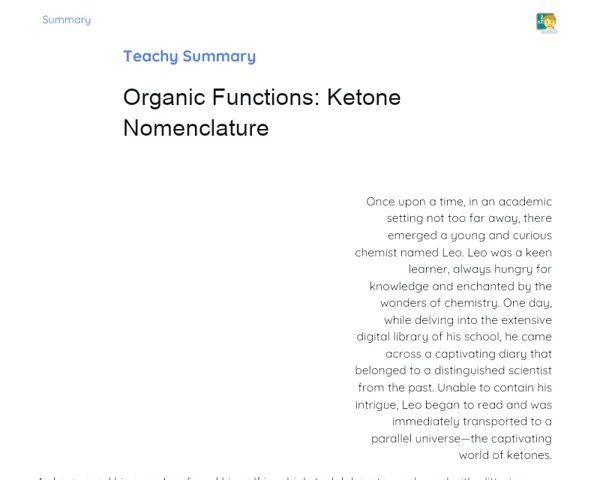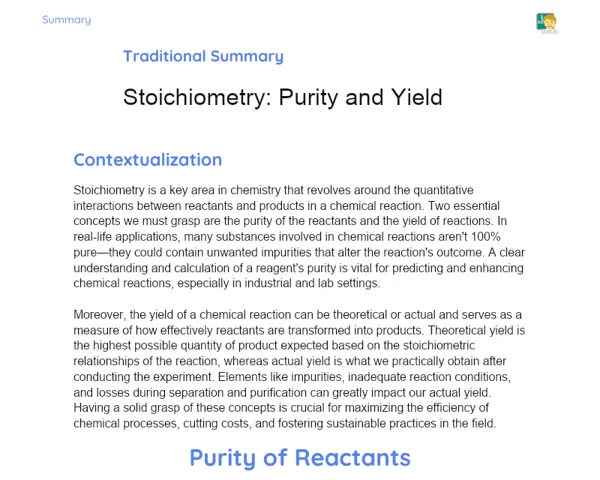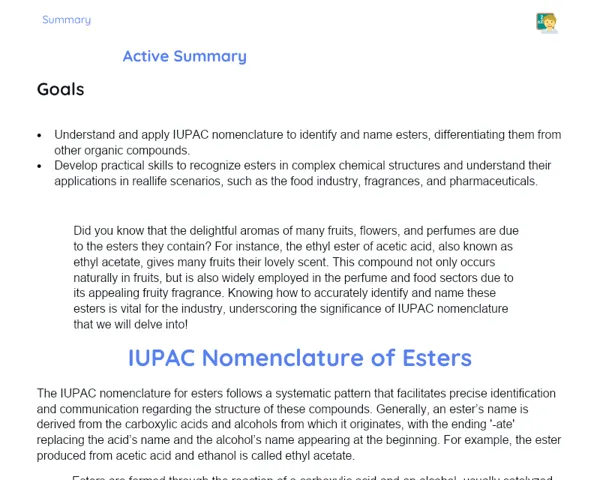Goals
1. Understand the basic concepts of empirical formula and molecular formula for organic compounds.
2. Learn how to calculate the empirical and molecular formulas from the percentage composition of elements in an organic compound.
3. Develop analytical and problem-solving skills in Organic Chemistry.
4. Enhance your ability to work with experimental data and apply theoretical knowledge in real-life situations.
Contextualization
Organic chemistry deals with the study of carbon-based compounds, which are crucial for all forms of life. These compounds are found in everything from the food we consume to the medicines we rely on. By understanding the empirical and molecular formulas of these substances, we can ascertain their properties and functions, aiding in the development of new products and technologies. For instance, identifying the empirical formula is vital in the pharmaceutical sector for developing new medications and also in petrochemicals for analyzing hydrocarbons.
Subject Relevance
To Remember!
Empirical Formula
The empirical formula of an organic compound gives the simplest ratio of the different atoms present in the compound. It is derived from the mass percentages of each element present.
-
Represents the simplest ratio of elements in the compound.
-
Is calculated based on the mass percentage of each element.
-
Forms the basis for determining the molecular formula.
Molecular Formula
The molecular formula specifies the exact number of atoms of each element in a molecule. It can either be identical to the empirical formula or a multiple, depending on the molar mass of the compound.
-
Indicates the actual number of atoms of each element in the molecule.
-
Can be a multiple of the empirical formula.
-
Is crucial for determining the chemical and physical properties of the compound.
Percentage Calculation
Calculating the percentage involves finding out the mass percentage of each element in a compound. This step is fundamental for deriving both the empirical and molecular formulas.
-
Determines the mass percentage of each element in the compound.
-
Is the foundational step for finding the empirical formula.
-
Requires accuracy to ensure correct results in the empirical and molecular formulas.
Practical Applications
-
In the pharmaceutical sector, the empirical formula helps identify the basic composition of new medications, paving the way for better and more effective treatments.
-
In biotechnology, determining empirical formulas aids the analysis of biological compounds, leading to the development of new products and sustainable technologies.
-
In the petrochemical industry, engineers use empirical formulas to analyze and synthesize hydrocarbons, improving refining methods and fuel production.
Key Terms
-
Empirical Formula: The simplest ratio of atoms of each element in a compound.
-
Molecular Formula: A representation that shows the exact number of atoms of each element in a molecule.
-
Percentage Calculation: A method for determining the mass percentage of each element in a compound.
Questions for Reflections
-
How does accuracy in empirical formula calculations influence the development of new medications?
-
Why is it important to grasp the difference between empirical and molecular formulas when analyzing chemical compounds?
-
How can industries benefit from accurately determining the empirical and molecular formulas of compounds?
Practical Challenge: Calculating and Constructing Formulas
Reinforce your grasp of empirical and molecular formula concepts through a hands-on activity.
Instructions
-
Form groups of 3-4 students.
-
Select an organic compound from the list provided by your teacher.
-
Calculate the empirical formula of the compound based on the given element percentages.
-
Determine the molecular formula of the compound from the empirical formula and its molar mass.
-
Create a physical model of the compound using Styrofoam balls to represent atoms and toothpicks to depict bonds.
-
Compare your constructed model with the actual structure of the compound and discuss the similarities and differences within your group.



